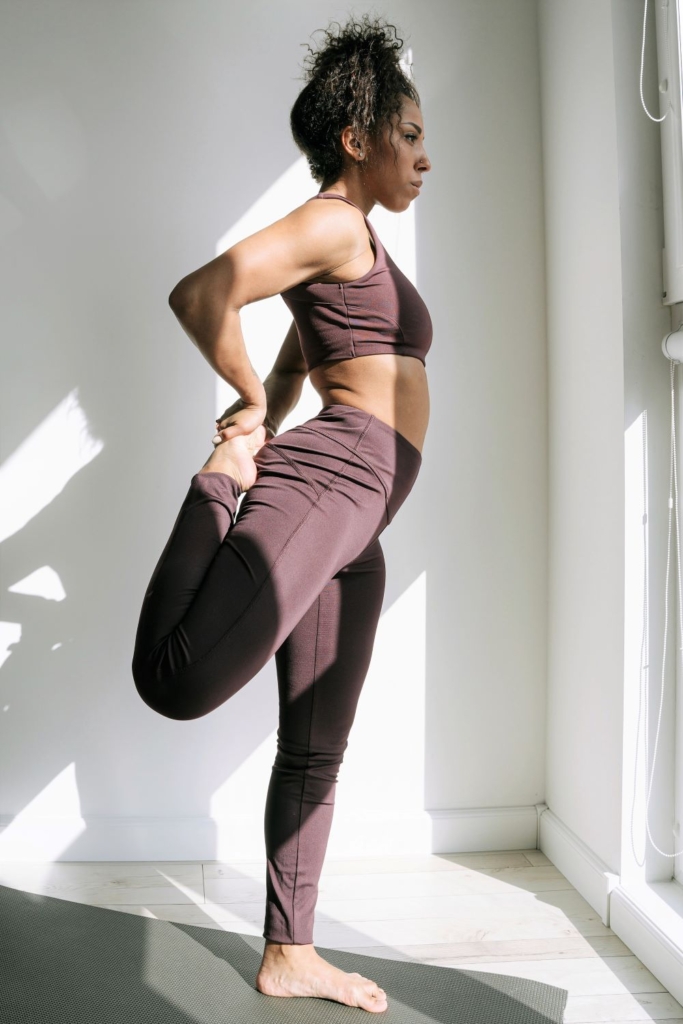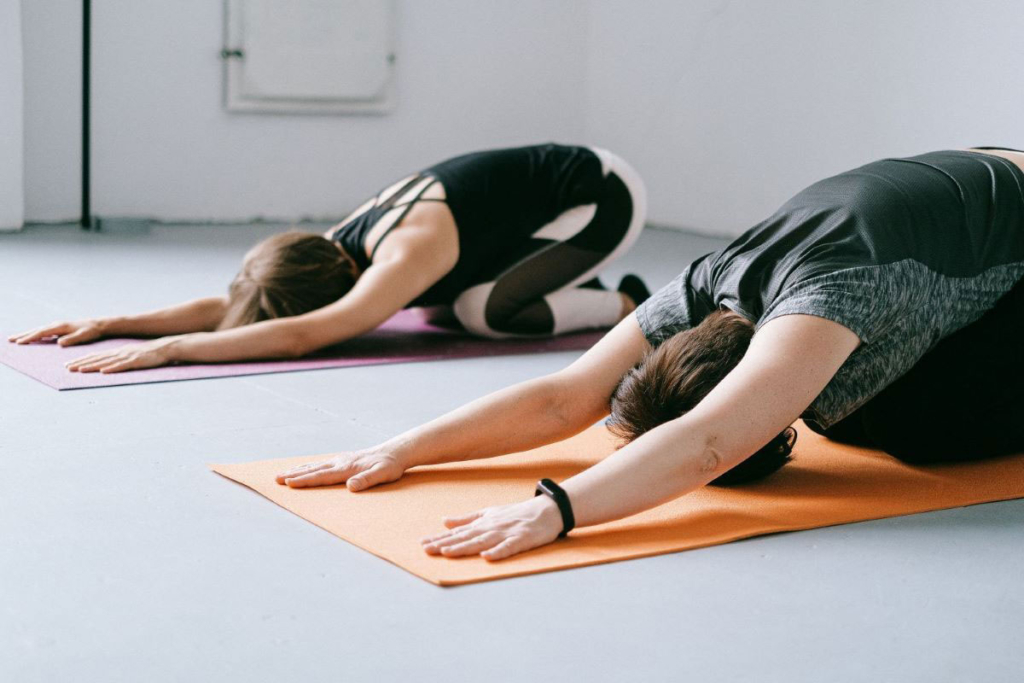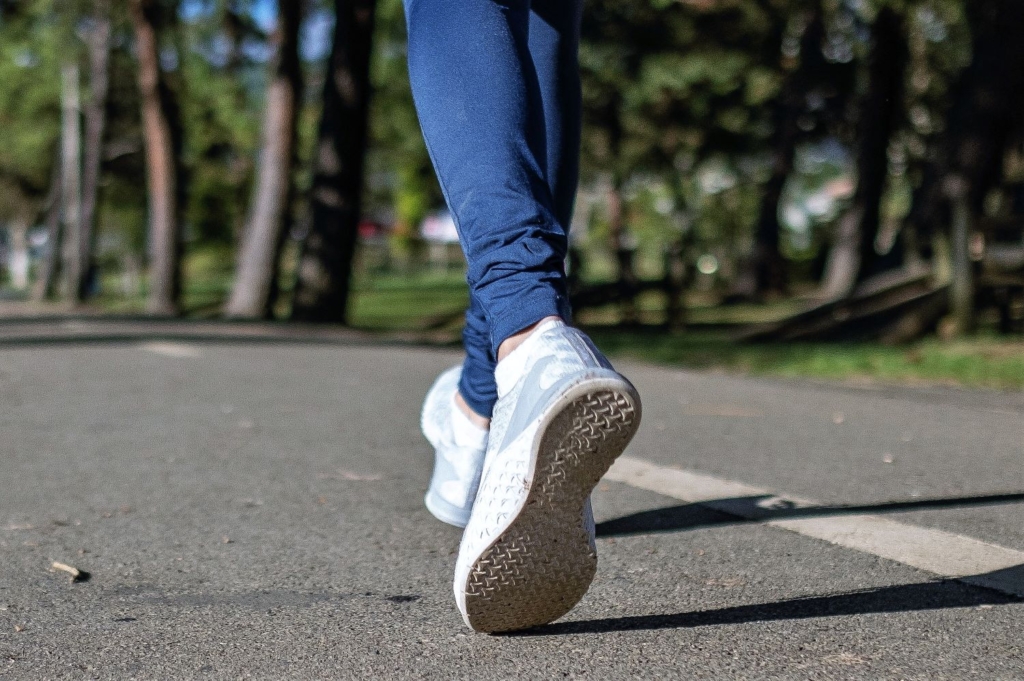Restless legs syndrome (RLS) is a common health condition that manifests as an irresistible urge to move the legs, usually accompanied by uncomfortable sensations. Many patients find the symptoms are worse when you’re resting, such as sitting or lying down. Also, many patients find the symptoms are partially or temporarily relieved by activity, such as walking or stretching. Most patients find the symptoms are worse at night.
In many cases, RLS is associated with common vein disorders. Exercise can help reduce symptoms in some patients.
Why is Exercise Beneficial for Restless Leg Syndrome?
Exercise can decrease the severity of restless leg syndrome in several ways. It triggers a complex biochemical process that increases blood flow to leg muscles, releases feel-good endorphins that reduce stress and promote sleep, and increases dopamine, which reduces pain. Studies show that those who engage in daily exercise and maintain a consistent level of activity have fewer symptoms associated with RLS.
There are many types of beneficial stretches and exercises for RLS. No matter which ones you decide to try, make sure to start slowly to avoid strain. Engaging in mild to moderate exercise every day is one of the best and least invasive ways to ease the pain of restless legs syndrome.
To discover the right formula to relieve your RLS symptoms, we suggest a little experimentation. Play around with how often and what time of day you do them.
Standing Stretches for Restless Legs
Stretching your legs increases blood flow, which in turn can help relieve restless legs. Stand behind a sturdy chair or next to a wall for support when needed. Start each exercise upright with your feet together. Lengthen the spine and maintain good posture throughout the exercises.

Soleus Stretch
Take a small step back with one foot so the toes align with the opposite heel. Keeping both heels on the floor, sink straight down, bending the knees. Hold for 10 seconds before switching to the other leg. You will feel the stretch above the heel cord on the back leg.
Gastrocnemius Stretch
Take a large step back with one foot. Bend the forward knee and keep the back leg straight. To avoid strain, make sure the bent knee is directly over the ankle. Keep both feet pointed forward and lower the back heel down to the floor. Hold for 10 seconds before switching to the other leg. You will feel the stretch in the calf muscle of the back leg.
Quadricep Stretch
Lift one foot behind you and bend that knee. Grasp the raised foot behind you with the same side hand. Pull the foot up towards you, while keeping both knees as close together as possible. Do not pull your foot too hard to where it hurts your knee. Hold for 30 seconds before switching to the other leg. You will feel the stretch in the front of your thigh of your lifted leg.
Yoga for Restless Legs
Yoga poses reduce nerve stimulation in the legs by increasing blood circulation and lymph fluid movement. This can ease restless leg symptoms and help you sleep better, feel less stressed, and even lower blood pressure.
Legs Up the Wall Pose
Lie on your back with your legs extended up against the wall at a 90-degree angle. Stay in the position for 5 to 20 minutes to ease restless legs syndrome. This pose is especially beneficial in the evening after spending the day sitting or standing.
Standing Forward Fold
Start with your feet hip width apart, and bend forward at the hips while keeping knees soft and lengthening the spine as you fold forward. Hold the pose for five to 10 breathes; do not hold for longer than is comfortable.

Child’s Pose
Kneel down and sit on your heels, folding your torso forward while keeping your arms at your sides. Rest your forehead on the floor, using cushion as support if needed. Rest here for five to 20 minutes and breathe deeply.
Basic Relaxation Pose
Lie on your back with your arms outstretched by your sides. Place a cushion under your knees and under your head for support. Breathe gently and deeply, relaxing your body as much as possible. This pose helps calm the central nervous system and should be practiced for 10 to 20 minutes at the end of the day.
Seated Leg Circulation Exercises
These seated exercises engage the feet, ankles, and legs to increase circulation which is helpful in relieving restless leg syndrome. Increasing circulation helps move the blood through the veins and decreases prevalence of restless legs. Start these exercises with your feet flat on the floor and maintain good posture throughout.
Heel-Toe Rock
Alternate between lifting the heels, then the toes. Repeat 5 times.
Heel Push
Pull both feet back slightly toward the base of the chair. Raise the heels of both feet so that only the balls of the feet are touching the floor. Hinge slightly forward from the hips and place both hands on top of the right knee. Using the weight of your upper body, push the right knee down so the heel goes to the floor. Raise the heel back up and repeat 5 times before switching to the other leg.
Knee to Chest
Place hands under the thigh of one leg just above the knee. Gently lift the knee toward chest 5 times. Next lift the same knee and hold it there while you perform 5 ankle circles in each direction. Repeat with other leg.
Cardio Exercises for Restless Legs
While the above stretches can help lessen RLS symptoms, getting enough physical exercise is also an important part of finding relief. In fact, following a low-impact, moderate daily exercise program of at least 30 minutes a day can do wonders when it comes to alleviating RLS symptoms. Just be mindful not to overexert yourself, and follow all recommendations from your doctor.

Walking
Walking is one of the easiest and least expensive ways to get your blood pumping. Whether you prefer a stroll around your neighborhood, finding a new trail in the mountains, or utilizing a treadmill at the gym, there are options for everyone.
Biking
Like walking, biking also can be done indoors or outdoors. Be sure to follow all safety precautions and rules of the road. To cycle at a moderate pace, aim for 10 miles per hour or slightly slower.
Swimming
Swimming or doing water aerobics in a warm pool helps relax your muscles while building strength and improving mobility. Additionally, the low impact nature of swimming decreases joint stress.
Find Relief from Restless Leg Syndrome
Some patients benefit from vein treatments to reduce venous insufficiency to reduce their RLS symptoms. Along with proper exercise and stretching, minimally invasive treatments can also help with restless legs caused by venous insufficiency. To learn more, book a consultation on our website or by calling 1-800-VEIN-DOC.